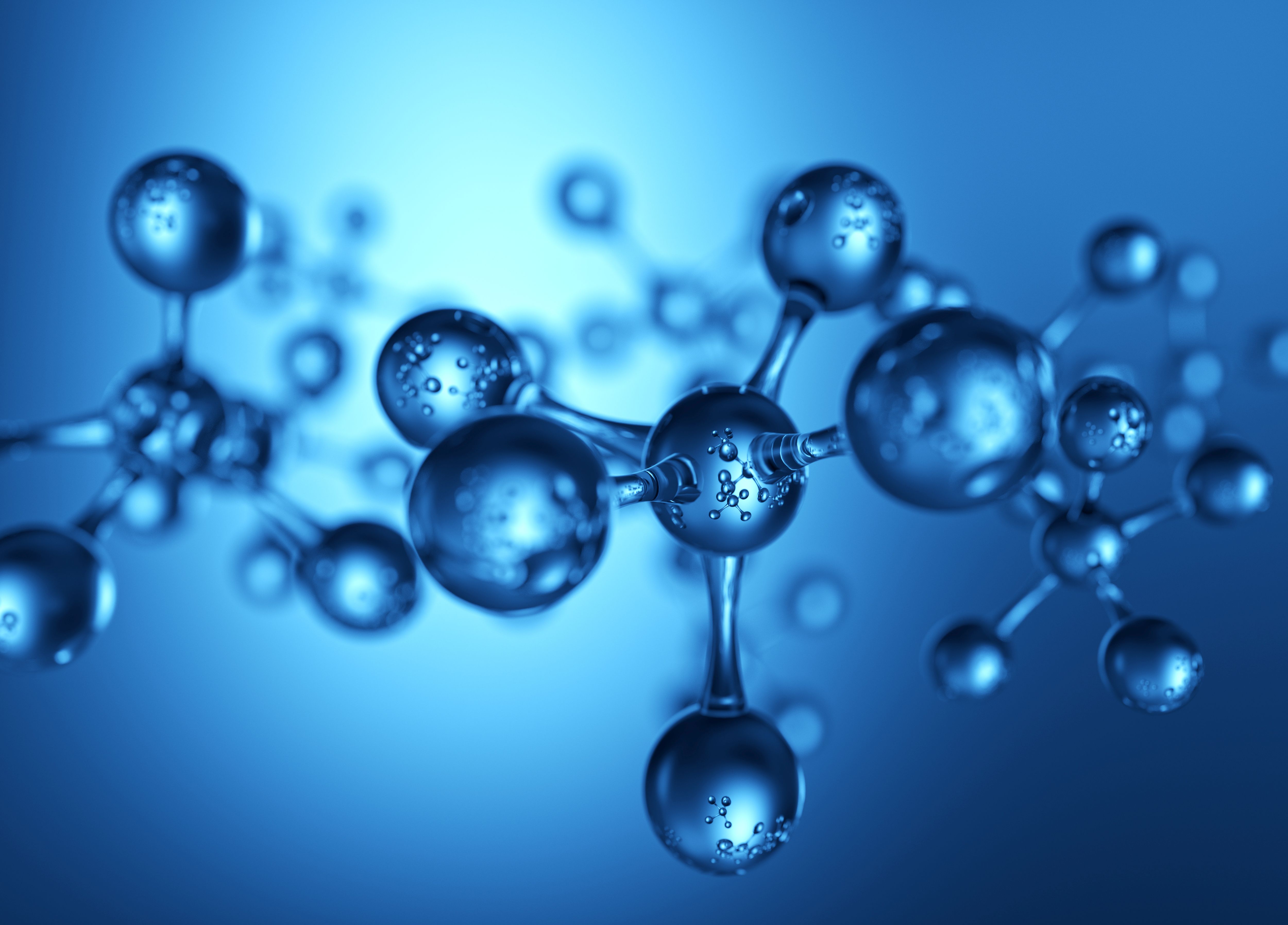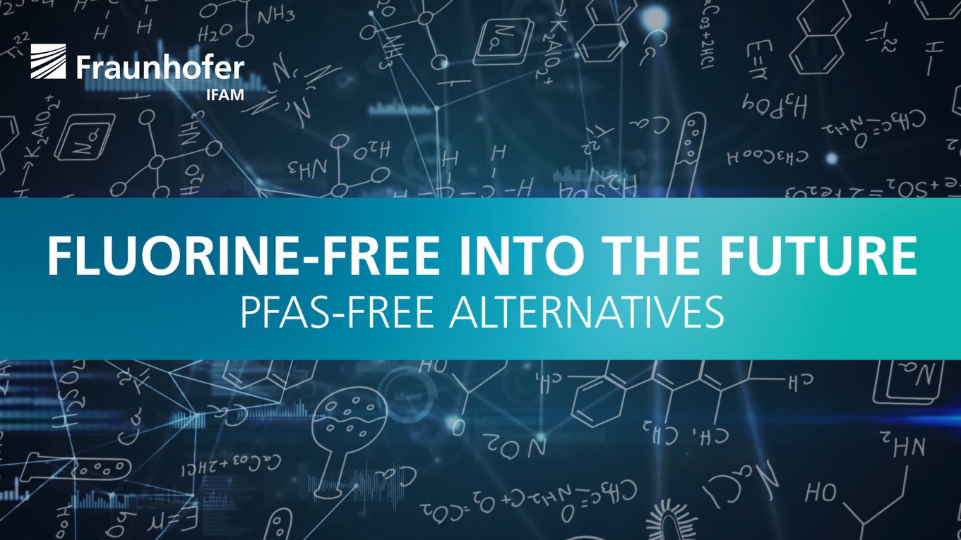PFAS-free alternatives in the event of a PFAS ban in the EU
The EU-wide ban on perfluorinated and polyfluorinated alkyl compounds (PFAS for short) planned by the ECHA is currently causing a great deal of concern among many companies. PFAS are characterized by outstanding technical properties and are therefore used in a wide variety of industries. However, it is now known that the chemicals accumulate in humans and the environment and have negative effects on ecosystems and health. Due to the impending ban on PFAS, alternatives with comparable properties are in demand. Fraunhofer IFAM has been working on the development of fluorine-free coatings for many years and offers sustainable solutions for anti-stick, anti-friction, and hydrophobic coatings.
"Eternity chemicals" pose a hazard to humans and the environment
Whether pans, textiles, filters or packaging - PFAS are used in a wide variety of everyday products and processes. The decisive factor here is their special physicochemical properties: The substances have an outstanding anti-stick effect, excellent sliding properties and are hydrophobic as well as oleophobic. However, these positive benefits of PFAS are offset by serious negative effects. The fluorine compounds, also known as "eternity chemicals", are extremely stable, i.e. they do not degrade and thus steadily accumulate in the environment (e.g. in soils, drinking water and food). At temperatures above 350°C, PFAS can form extremely toxic substances. In addition, the coatings often exhibit poor adhesion to the substrate and degrade over time. For example, they can enter the human body and cause hormone disruption and cancer, among other things.
For this reason, the European Chemicals Agency (ECHA) is considering a ban on the production, use and marketing of PFAS. A decision on this by the European Commission is expected in 2025, according to the Federal Environment Agency.
Fluorine-free solutions from Fraunhofer IFAM
However, one thing is already clear: If the ban actually comes into force, this will present many companies with major challenges. In order to be able to maintain processes and production, alternative solutions will have to be found.
By utilizing organosilicon materials, plasma polymer systems and functional coatings, based on liquid and powder coating systems, offer a wide range of possibilities for producing PFAS-free coatings. Plasma layers are free of chemicals and can be applied to almost any material. In the field of coating technology, formulations can be customized — from the selection of raw materials to binders and additives — to achieve the desired properties and performance requirements.
Anti-stick coatings
Anti-stick coatings are in great demand, especially in the food industry, but also in other areas such as paint stripping or the manufacture of fiber composite plastic components. In addition to their excellent anti-stick properties, the coatings are characterized above all by their adhesion to almost all substrate materials and their hydrophobic behavior. Thus, plasma polymer as well as liquid and powder coating systems can be optimally used for applications such as coating pans/cookware, medical devices, or molding tools.
Sliding coatings
Sliding coatings can both extend the service life of products and contribute to high energy savings. In addition to the more common tribological coatings for metallic materials, plasma processes can also be used to produce friction- and wear-reducing coatings for elastomers in particular. These can be used for sliding bearings and sealing rings, among other things.
Hydrophobic coatings
Hydrophobic, i.e. water-repellent, coatings are required primarily for textiles or filter materials. The organosilicon-based coatings enable, for example, the separation of oil-water mixtures, the beading of water on surfaces and protects against aggressive chemicals. By combining them with suitable micro- and nanostructures, permanently stable ultrahydrophobic properties can also be achieved.
Many of these coatings are already being used successfully in industrial applications.
Gas phase fluorination could also be banned in the future
Based on current developments, it is foreseeable that the gas phase fluorination process could also be banned in the near future. This is frequently used, for example, to give silicone elastomers better adhesion or higher resistance. The researchers at Fraunhofer IFAM have also developed an adequate alternative here. Instead of fluorine gas, VUV radiation is used to modify the surfaces of silicones. The positive mechanical properties of the silicones are retained, while the modified surface properties as a functional layer enable new applications. The applications range from prostheses to pacifiers and device seals.
 Fraunhofer Institute for Manufacturing Technology and Advanced Materials IFAM
Fraunhofer Institute for Manufacturing Technology and Advanced Materials IFAM
